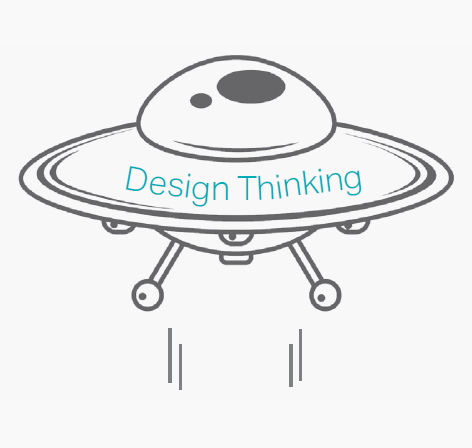
Some might say the role of middle management has never been an easy one. The aggrieved party is often wedged between superiors’ expectations, tight targets, the execution of unpleasant decisions »from above,« as well as subordinates’ questions – concerns and maybe even resistance. They experience conflicts of goals and high pressure while trying to balance the demands of the daily work and tasks concerning change.
Change management is increasingly becoming a natural and constant element of middle management’s role. And indeed, their role in transformation processes is uncontested. In our change consultancy work, we often observe that if middle management is on board, they are highly effective bearers, facilitators and multipliers for change. In short: they are the key because in the best case they are close to both the business and the people, have different insights and hold a lot of information.
So what do they do? They bring relevant elements of a change story to life through authentic communication when interpreting the change story for their own unit or team, and also with their actions, such as making fast decisions, giving immediate feedback or directly aligning with process partners from other »silos.« In enterprises where change awareness and competencies are well developed, we have also observed that leaders in middle management effectively take the role of change managers. They do not just organize the process and communicate actively; they are also driving forces for clear decisions and the successful implementation of them. If they do not get clear answers (which is quite often the case), they actively take responsibility or re-frame their area of responsibility by developing solutions to handle situations of high uncertainty. More and more, they do this in a non-hierarchical way, as a process of consultation and dialogue with their colleagues … at least in an ideal world.
Organizations in change
At the same time, organizations change, partly radically. Reacting to perceived or anticipated pressure, organizations set up initiatives to become more agile, more flexible, some also heading to flat hierarchy and a high degree of self-management. As this »new paradigm,« of agile, (partly) self-managed organizations, arises and spreads with increasing speed, organizations have to face a radical transformation of the concept of leadership and management.
Management suddenly finds itself in a process of change: In a self-managed organization, the »old« elements of power like academic and honorary titles as well as commanding authorities do not work anymore. Instead, it is all about shared responsibility. Teams make strategic or operative decisions. In team recruiting, for example, teams are responsible for each step of the process – from defining the job profile, taking care of search activities and the selection process, and finally deciding within the team who to hire as their new colleague. In case of weak performance, the team has to take initiative and give feedback – not delegate this uncomfortable task to the boss. Yet self-organization is supported by clearly defined structures like KPIs, a process for performance discussions and result tracking.
Self-organization certainly does not work if only some elements of self-managed organizations are implemented – and this in an inconsistent way. The result would be that everybody seems to be allowed to do and decide everything – without alignment, without any rules. This would mean chaos1, and, even worse, middle management would – if still existing – be held accountable for business results.
A different kind of leadership
Leadership is still essential in self-management, but it is organized in a different way – it is dynamic, not permanent. Leaders are formally or informally elected based on their concrete contribution to the organization and its mission. They are the ones who take care of alignment, keep the colleagues on »the same page,« as Homa Bahrami calls it, and are responsible for an ongoing process of creating a shared reality and having a shared purpose. In a real self-managed organization, leaders are facilitators and mediators; they create and ensure room and space for initiative, and even generate impulses for further development of the business and the organization. They exercise influence by taking their roles seriously and not through rank, seniority, position or title-based authority.
So, as the role of leadership changes, especially middle management (as well as the HR department) find themselves disempowered and they ask: What is our role in this new era? Or even: Will middle management exist at all in the future? If you think selfmanaged organizations through to the end, they do not have it anymore.
Is this what we are heading for? Will middle management still have a »raison d’être« in large or internationally active companies? If it should keep on existing, the role of the respective managers will probably demand even more process facilitation, dealing with ambiguity and translating between teams with different set-ups in one organization.
No either/or
In our digital era, however, there are not just ones and zeros. There is and will be a wide range of organizations from pure self-organization and different forms of participation and engagement to still hierarchical forms. Some will have different forms at the same time – as it suits their business, market and team cultures best. As agility is even more vital for organizations, we see middle management as a central bearer and multiplier for change – including the transformation of its own role.


